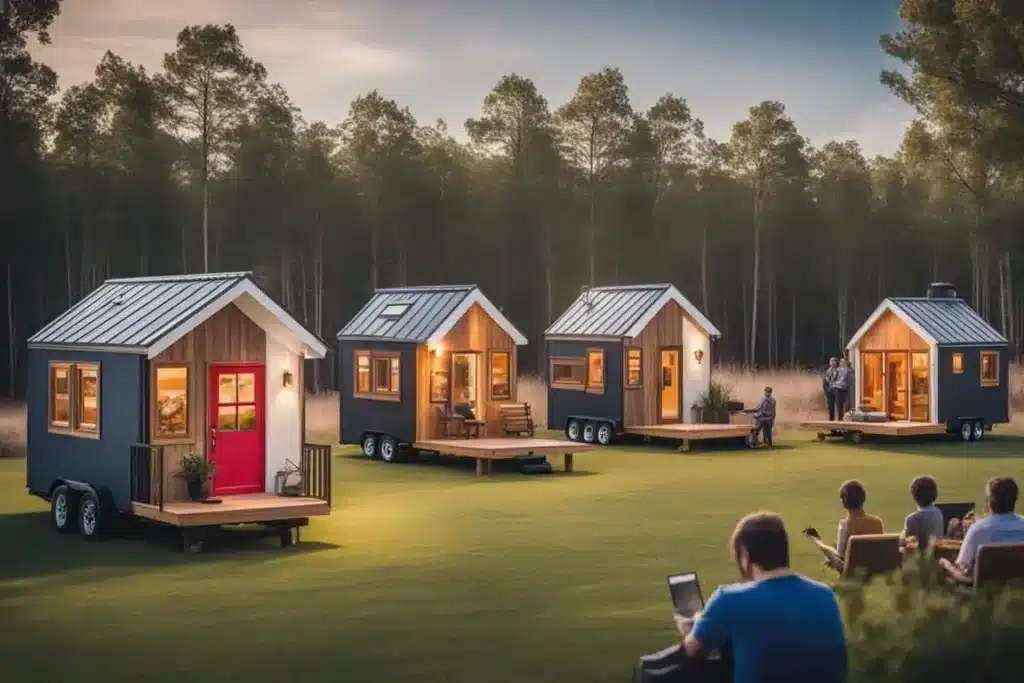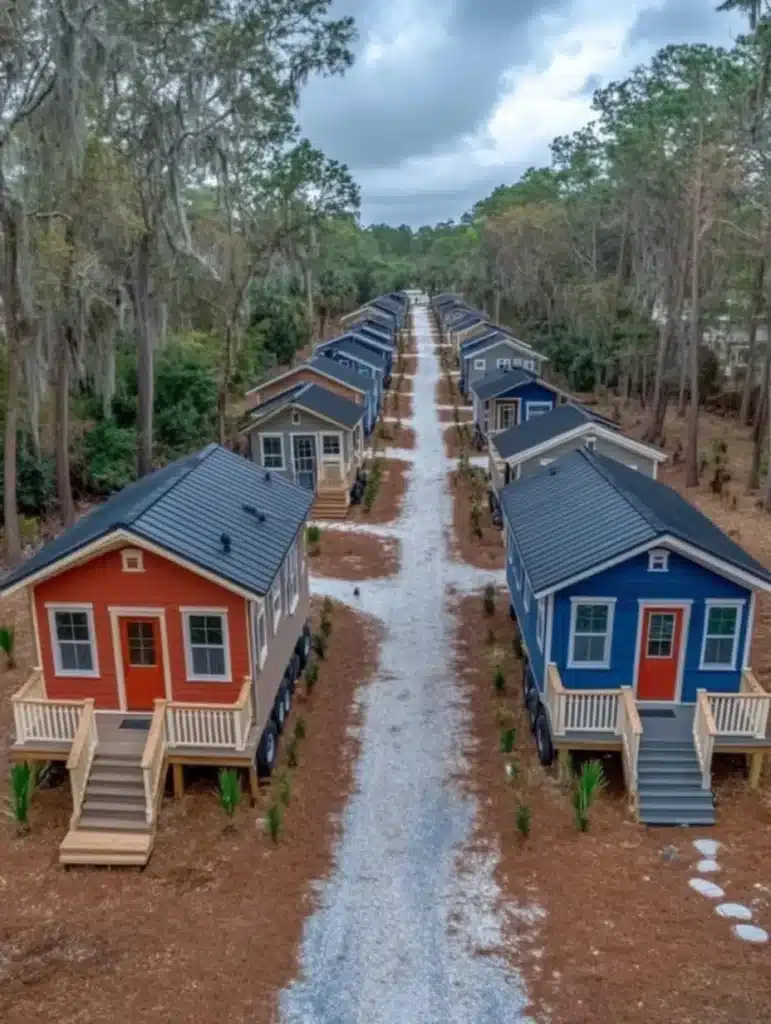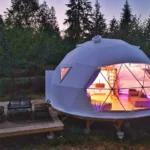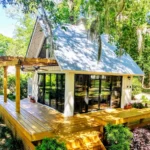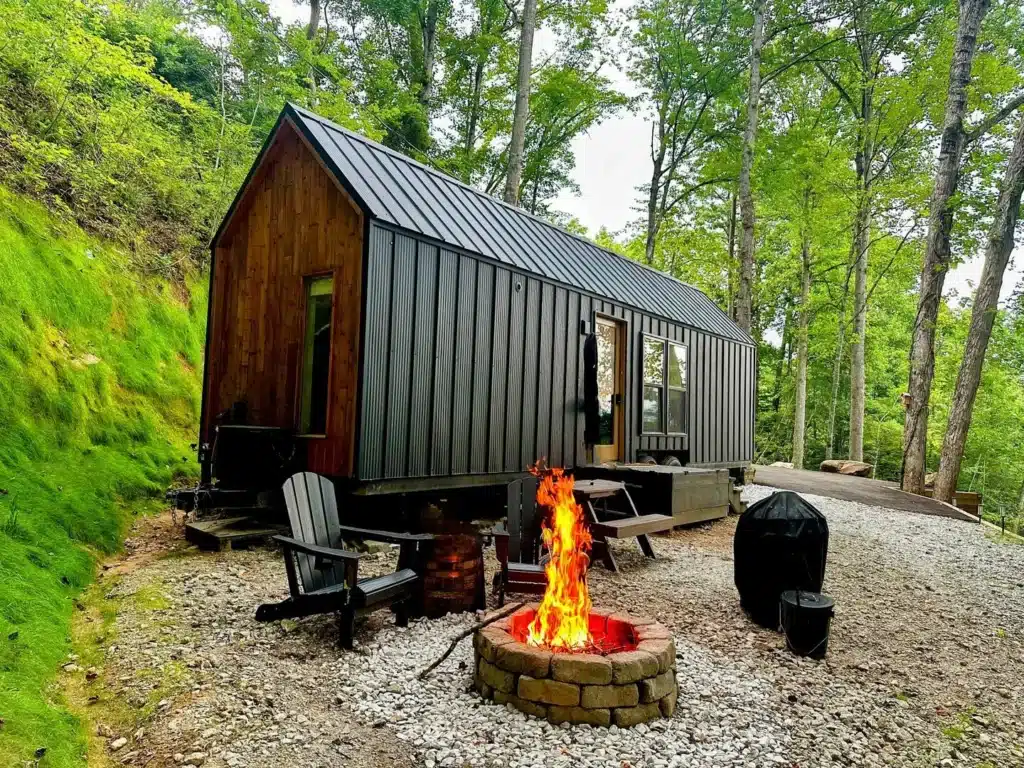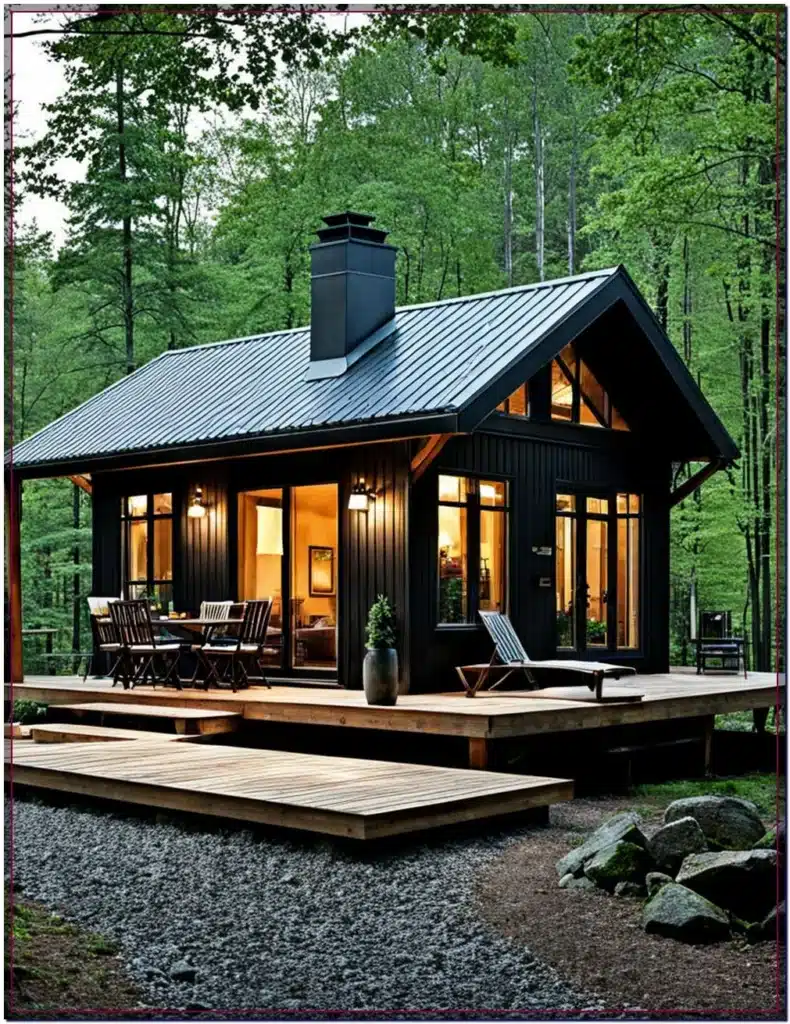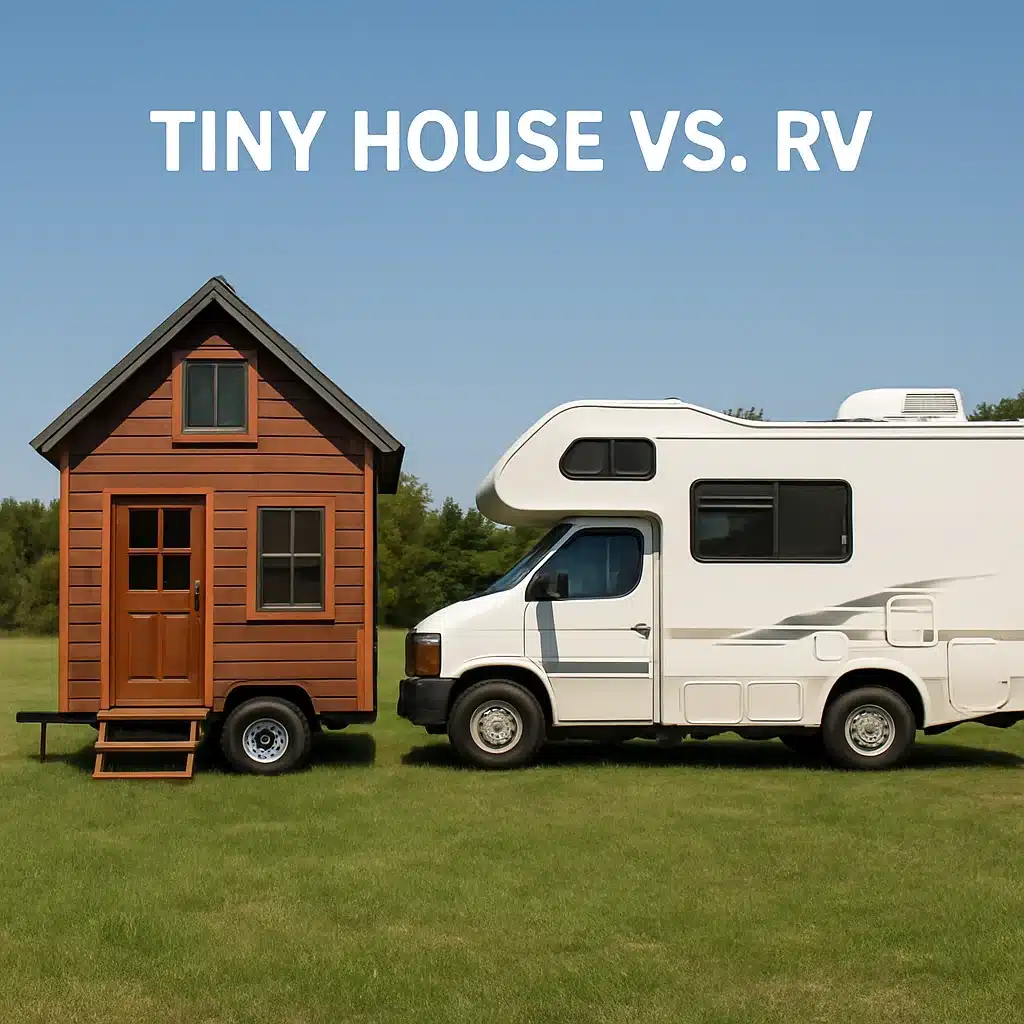The dream of living in a tiny house is characteristic of many Americans who seek financial freedom, minimalism, and a reduced environmental footprint. However, before you just go ahead and drop your tiny home somewhere, simply calling it your permanent residence, it becomes important to consider some legal requirements. Tiny house laws are all hells-and-heaven in their variations-from state to state and sometimes even from one city or county to another. What’s the list for you to live legally in a tiny house in your state?
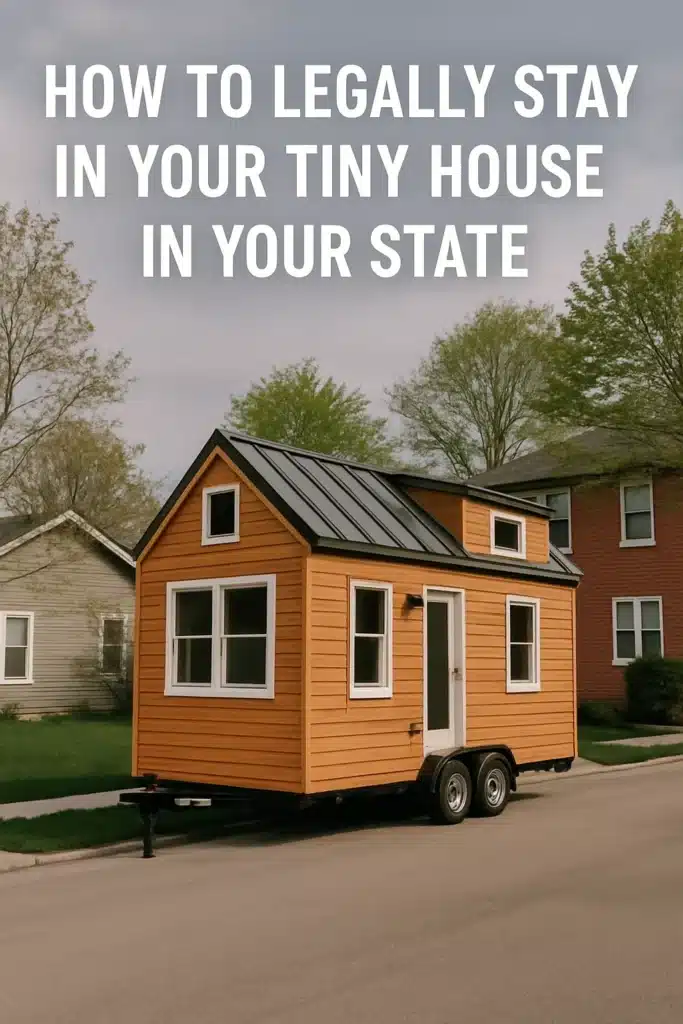
1. Understand the Two Types of Tiny Houses
Two broad types of tiny homes need to be acknowledged:
- Tiny houses on wheels (THOWs) are commonly classified as RVs or travel trailers.
- Tiny houses on foundations are usually considered either accessory dwelling units (ADUs) or separate single-family homes, based on whether or not they meet certain size limits or local codes.
Each of the two faces different zoning requirements and building regulations that will affect the locale and means of legally living in a tiny house.
2. Research State and Local Zoning Regulations
Zoning laws control how land can be used. Some zones only allow single-family homes on foundations, while others permit RVs or ADUs.
For example:
- California allows ADUs state wide, which makes it easier to live in a tiny house on a foundation.
- Texas has fewer restrictions in rural areas, making it one of the most tiny house-friendly states.
- Florida permits tiny homes in some RV parks and private lots, depending on local zoning.
Always check with your local zoning department to determine what’s allowed in your area.
3. Review Building Codes and Safety Standards
Building codes ensure safety and habitability. Your tiny house will need to comply with either:
- IRC (International Residential Code) – for homes on foundations.
- RVIA or ANSI certification – for tiny homes on wheels, if classified as RVs.
Some states, like Maine and Oregon, have adopted specific amendments to the IRC to better accommodate tiny homes.
4. Find Legal Parking or Land
- One of the biggest challenges for THOW owners is finding legal parking. You can consider:
- Tiny house communities
- RV parks that allow long-term stays
- Private land (your own or with permission from the owner)
- Backyards as ADUs (if allowed in your municipality)
Check local rules about minimum square footage, utility hook ups, and permitted dwelling types.
5. Consider Utilities and Address Requirements
To legally reside in a tiny home, especially full-time, you’ll likely need:
- A permanent mailing address
- Utility hook ups for water, electricity, and sewage (or permitted off-grid systems)
Some municipalities require an approved septic system or connection to city sewer lines, even for mobile units.
6. Work With Local Authorities
Before moving ahead with a tiny home purchase and moving in, it is a wise idea to:
- Request in writing an attestation of compliance.
- Apply for any permits that may be required.
- Obtain all inspections that may be compulsory.
If your area doesn’t yet recognize tiny houses, join or start a tiny house advocacy organization. Some communities have convinced their officials to amend zoning to allow tiny living.
Conclusion
Laws and regulations may or may not permit your living legally in a tiny house all depending on where you live, what sort of tiny home you have, and how well you manoeuvre through your local laws. A first logical step toward making that tiny home dream a legal reality is to try to familiarize yourself with state regulations concerning zoning, building codes, parking, or permitting. Do your research, attach yourself to some authorities down the track, and never hesitate to throw an inquiry. Tiny house living can become concrete with just the right path to follow.


